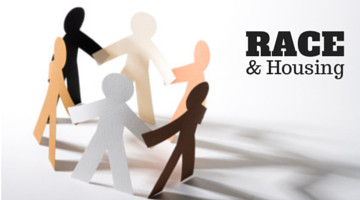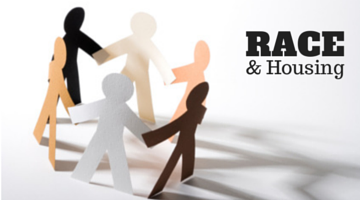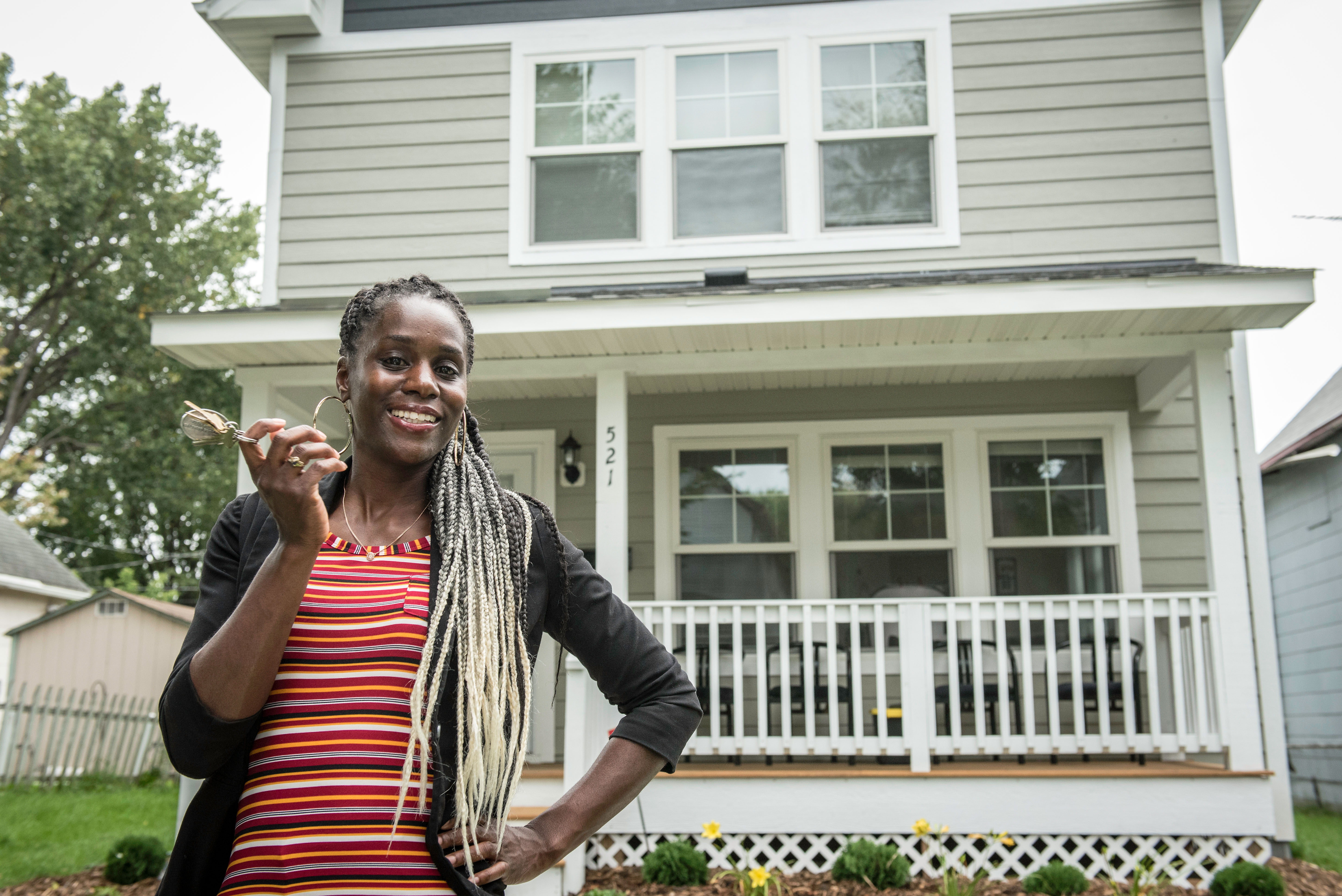Home is [still] out of reach for many Minnesotans
Maybe you've heard about the affordable housing crisis. Do you know the data behind it? A few months ago, Minnesota Housing Partnership (MHP)...
2 min read
 Twin Cities Habitat for Humanity
:
11:58 AM on November 1, 2021
Twin Cities Habitat for Humanity
:
11:58 AM on November 1, 2021

You may know that the Twin Cities often sits near the top of many quality of life measures, including lists related to healthcare, leisure, and culture. You may also know that the Twin Cities suffers from some of the worst racial disparities in the nation. This includes measures around graduation rates, life expectancy, wealth, employment, and housing.
These disparities existed long before the murder of George Floyd, but his death has stirred in many people a desire to directly address our inequalities with their actions and their giving.
Many Habitat supporters are choosing to contribute to Habitat's mission with a donation. Together, we can reduce the racial disparities in our communities—especially those in housing.

Because stable housing is the foundation for so much success in life, philanthropic gifts that support it can have a multiplier effect over time in addressing racial disparities in several areas. Research shows stable housing helps kids to do better in school, adults to have greater success finding and keeping jobs, and families to be healthier. Wealth accumulation is also linked to homeownership.
For as long as homes have been built in the Twin Cities, race-related policies and practices have played a part in determining who can and can’t buy them. Throughout the twentieth century, homeownership was a major part of multi-generational wealth-building for families.
Policy experts see our communal need for housing on a spectrum. At one end of the spectrum is emergency shelter to assist people experiencing homelessness. Further along the spectrum is subsidized rental housing, then market-rate rental, subsidized homeownership, and market-rate homeownership. This is a very simplified overview of housing and leaves out nuances, like the fact that one of the largest housing subsidies in America is the mortgage interest deduction which supports market-rate homebuyers.
The racial homeownership gap in the Twin Cities is among the largest in the nation (3 in 4 White households own homes here compared to 1 in 4 Black households). The Minnesota Governor’s Task Force on Housing identifies six strategies for closing this gap:
Twin Cities Habitat addresses each of these strategies through its various programs, services, and activities.
When you donate to Twin Cities Habitat, you help ensure that when a family buys a home, their first mortgage is sized so they’re spending no more than 30% of their income on their housing. This helps a family become financially stable and begin planning for their future.
A 2015 study conducted by Wilder Research and Habitat for Humanity of Minnesota gathered data from 1,000 Habitat homeowners in the state. Their answers to surveys show just how much stable, affordable homeownership can impact a family. Families were asked to compare their lives before and after buying their homes. Here is what they say changed:
Twin Cities Habitat acknowledges that there is a long way to go on reducing racial disparities in our community. Please consider joining us in this work.
Your gift unlocks bright futures! Donate now to create, preserve, and promote affordable homeownership in the Twin Cities.
![Home is [still] out of reach for many Minnesotans](https://www.tchabitat.org/hubfs/blog/2019%20Blog%20Images/October/1%20in%20four%20housholds.png)
Maybe you've heard about the affordable housing crisis. Do you know the data behind it? A few months ago, Minnesota Housing Partnership (MHP)...

Black families in Minnesota face unique challenges when trying to buy a home. For generations, these barriers were overtly racist housing policies...

Advancing racial equity is a cornerstone of Twin Cities Habitat for Humanity's mission. In addition to working toward this goal within our own...